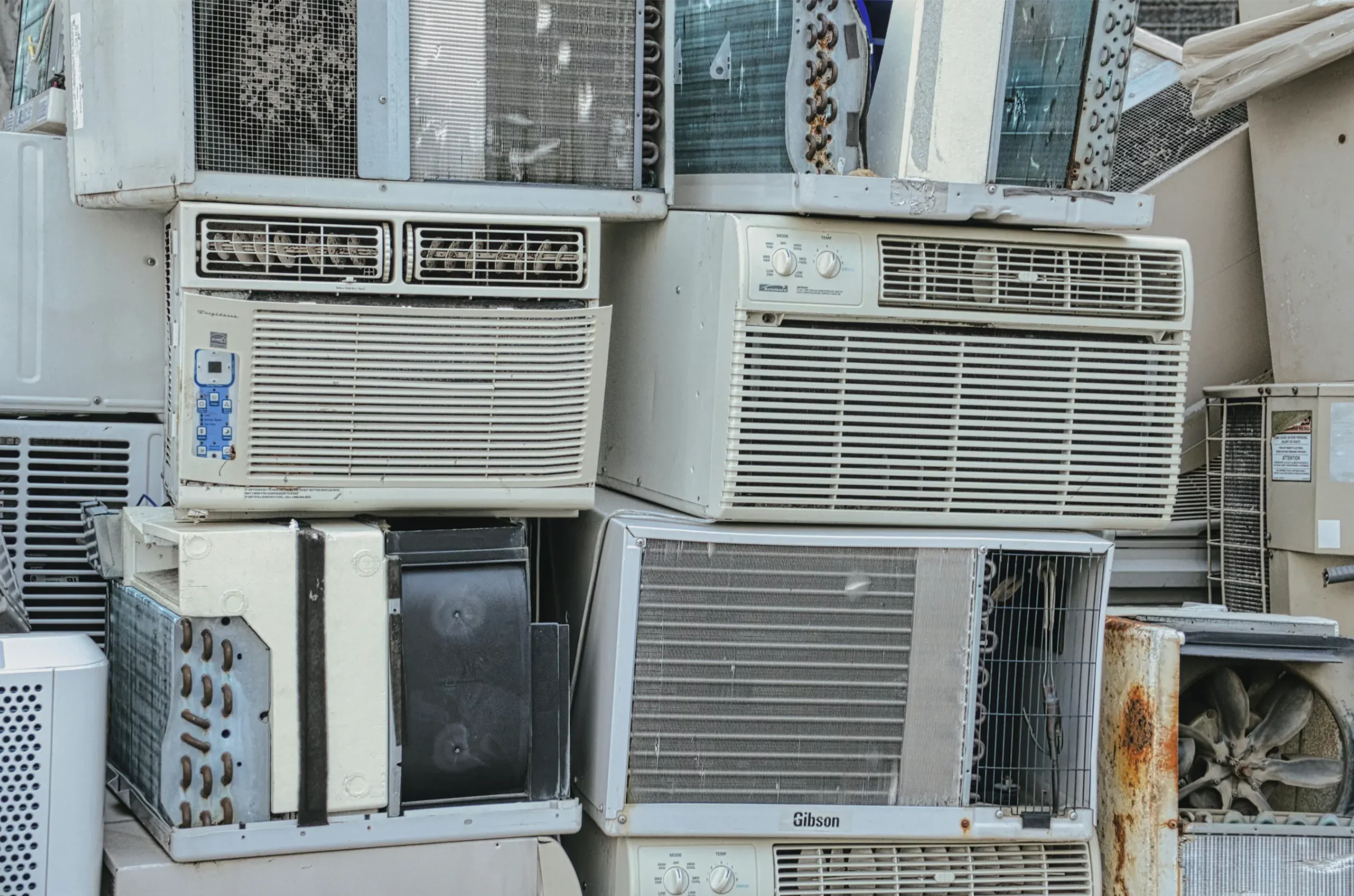
- Upgrade to energy-efficient appliances to reduce power consumption and significantly lower monthly energy bills.
- Seal air leaks around doors and windows to enhance HVAC efficiency and reduce unnecessary energy loss.
- Optimize thermostat settings with a programmable model to maintain comfort while conserving energy.
- Lower water heating costs by adjusting the heater temperature and insulating pipes, improving overall energy efficiency.
Are you tired of receiving high energy bills each month and wondering where all that money is going? You’re not alone. Many households struggle with the same issue, but the good news is that there are steps you can take to lower your energy costs. This blog will discuss common reasons why you might have high energy bills and provide tips on how to reduce them.
Poor Insulation
One of the most common reasons for high energy bills is poor insulation in your home. If your home is not properly insulated, it can result in heat loss during the winter and cool air escaping during the summer. This means that your heating and cooling systems have to work harder to maintain a comfortable temperature, leading to higher energy consumption. To address this issue, consider adding insulation to your attic, walls, and floors to improve energy efficiency. Here are the four most common types of insulation that you can use:
Fiberglass
This is the most common type of insulation and is made of tiny glass fibers. It’s affordable, easy to install, and has a high resistance to heat flow. However, it can be irritating to the skin and lungs if proper precautions are not taken during installation.
Cellulose
Cellulose insulation is made of recycled materials such as newspapers and cardboard. It’s environmentally friendly, has a high resistance to heat flow, and is effective in reducing noise levels. However, it may settle over time, reducing its effectiveness.
Spray Foam
This type of insulation is sprayed into walls and expands to fill gaps, providing a tight seal. It’s highly effective in reducing energy costs but can be expensive and may require professional installation.
Reflective Insulation
Reflective insulation works by reflecting heat away from your home during the summer and keeping it inside during the winter. It’s typically used in attics and is easy to install but it may not be as effective in colder climates.
It’s important to note that the effectiveness of insulation also depends on the R-value, which measures its resistance to heat flow. The higher the R-value, the better it insulates your home. When choosing insulation, make sure to consider both the type and R-value for maximum efficiency.
Old Appliances
Another culprit for high energy bills could be old and inefficient appliances. Older appliances tend to consume more electricity compared to newer models that are designed to be more energy-efficient. This is especially apparent when it comes to your air conditioning system, which can account for a significant portion of your energy bill.
Consider an AC replacement that is energy-efficient and has a high SEER (Seasonal Energy Efficiency Ratio) rating. This can result in significant savings on your monthly energy bills. Additionally, upgrading other appliances, such as your refrigerator, dishwasher, and washing machine, to newer models with an Energy Star label can also help reduce your overall energy consumption.
Air Leaks
Air leaks in your home can also contribute to higher energy bills as they allow conditioned air to escape while letting outdoor air in. Common areas for air leaks include doors, windows, plumbing fixtures, and electrical outlets. Seal any cracks or gaps with weatherstripping or caulking to prevent air leakage and improve the efficiency of your heating and cooling systems.
Thermostat Settings
Incorrect thermostat settings can also lead to high energy bills. Setting your thermostat too high in the winter or too low in the summer can cause your HVAC system to run longer than necessary, increasing energy consumption. Invest in a programmable thermostat that allows you to set different temperatures for different times of day, or consider adjusting your settings manually based on when you are at home or away.
High Water Heating Costs
Water heating accounts for a significant portion of household energy usage, so if you have high water heating costs, it can impact your overall energy bills. Consider lowering the temperature on your water heater or investing in an ENERGY STAR-certified water heater, which is more efficient than standard models. Additionally, insulating hot water pipes can help reduce heat loss and save on energy costs.
Managing and reducing your home energy bills doesn’t have to be a daunting task. By taking proactive steps like upgrading to energy-efficient appliances, sealing air leaks, optimizing thermostat settings, and addressing high water heating costs, homeowners can achieve noticeable savings.
These actions not only contribute to lower energy bills but also promote a more sustainable and environmentally friendly lifestyle. Remember, incremental changes can lead to significant savings over time, empowering you to take control of your energy usage while contributing positively to the environment.







